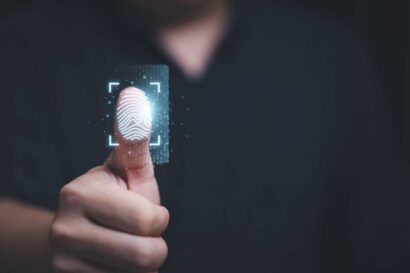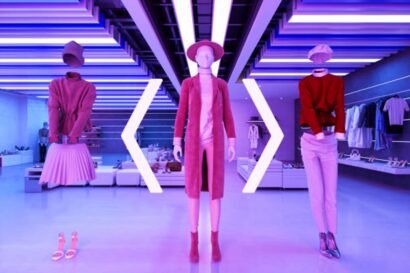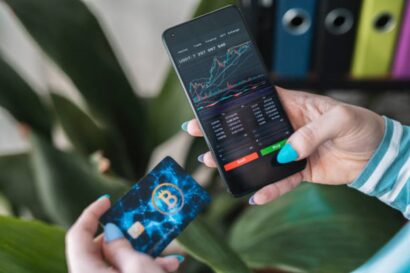While the retail and economic landscape will be shaped by a combination of new technologies, changing consumer preferences, and evolving business models, we have set out here a few innovative possibilities for the future of retail shopping.
1. Smart environments
The widespread adoption of IoT devices and sensors will create interactive store environments that respond to individual customers. These environments could adjust lighting, music, and product displays based on customer preferences, creating a truly unique and immersive shopping experience.

 2. Biometric identification and payment
2. Biometric identification and payment
As biometric technology advances, customers may use their unique physical traits (e.g., fingerprint, facial recognition) for identification and secure payments. This would eliminate the need for physical wallets and streamline the checkout process.
 3. Collaborative consumption
3. Collaborative consumption
The sharing economy will continue to expand, possibly leading to the rise of collaborative consumption in retail. Customers could rent, borrow, or exchange items within a network of peers or through dedicated platforms, thus promoting sustainability and reducing waste.
4. Gamification of shopping
Retailers may integrate gaming elements into the shopping experience to drive engagement and customer loyalty. This could involve rewards, competitions, or interactive displays that make shopping more enjoyable and foster a sense of community among customers.


5. Mindful consumption and curation
As consumers become more aware of their impact on the environment and society, they may seek out retailers that promote mindful consumption. These retailers could offer curated product selections, emphasizing quality, durability, and sustainability, and guiding customers toward more responsible purchasing decisions.
 6. Community-driven retail
6. Community-driven retail
Retailers may foster stronger connections with local communities by hosting events, partnering with local artisans, or sourcing products from nearby businesses. This would promote local economies, create unique shopping experiences, and encourage customers to support their community.
7. Custom product creation
Advancements in 3D printing and other manufacturing technologies could enable customers to design and create custom products in-store or online. This would offer a new level of personalization and cater to individual tastes and needs.

8. Mixed reality shopping
Combining elements of AR, VR, and holographic technology, mixed reality shopping experiences could provide customers with an entirely new way to interact with products. This might include holographic product displays, virtual fitting rooms, or immersive product demonstrations that go beyond traditional AR and VR.
 9. Decentralized retail platforms
9. Decentralized retail platforms
Blockchain technology may enable the creation of decentralized retail platforms that allow peer-to-peer transactions and bypass traditional intermediaries. This could promote greater transparency, reduce transaction costs, and empower individual sellers and artisans.
10. AI-driven supply chain optimization
Advanced AI will enable more accurate demand forecasting, allowing retailers to optimize their supply chain and reduce waste. This could involve predicting customer needs based on external factors like weather or events and adjusting inventory accordingly.
AUTHOR – ConsultantGPT




